US Is in a True Revolution
Q1
The China Academy: How is the so-called “deep state” that Trump aims to overthrow operating in the governance of America? What change does Trump want to make? And are these goals clear now?
Peter Turchin: Yeah, I… I’m not sure the “deep state” is a very good conceptual term, because it’s better to think about countries that are governed by established elites or their ruling class. In the United States, as in most Western countries, the ruling class is composed of two coalitions—two segments. One of them is the wealth holders, the economic elites. The other one is the degree holders, the administrative elites.
The relative strength of these two members of the coalition in the United States is actually quite unusual, because it is really dominated by the wealth holders—the economic elites.
Now, if you go back a few years ago, the two parties, the Democrats and Republicans, could be roughly assigned to the roles of the party of the economic elites, which was the Republicans—sometimes called the “party of 1%.” And the party of the educated class, the Democrats—or the “party of 10%.”
However, with the coming of Donald Trump in 2016, the balance between these two parties and their nature started to change. In particular, Donald Trump, actually, by 2024, made a very successful run, remaking the Republican Party from the party of the 1% to a right-wing populist party.
The wealth holders are still a very important member of that coalition.
So, Donald Trump made a very successful run, remaking the nature of the Republican Party from the party of the 1% into a right-wing populist party, with still a very large component of billionaires—wealth holders—in the process.
What happened was, as Donald Trump and other members of his power network took over the Republican Party, there was some sorting between the Democrats and Republicans. Some of the dissident elites from the Democratic side, such as Robert F. Kennedy Jr. or Tulsi Gabbard, shifted to the MAGA coalition (“Make America Great Again”), which is led by Trump.
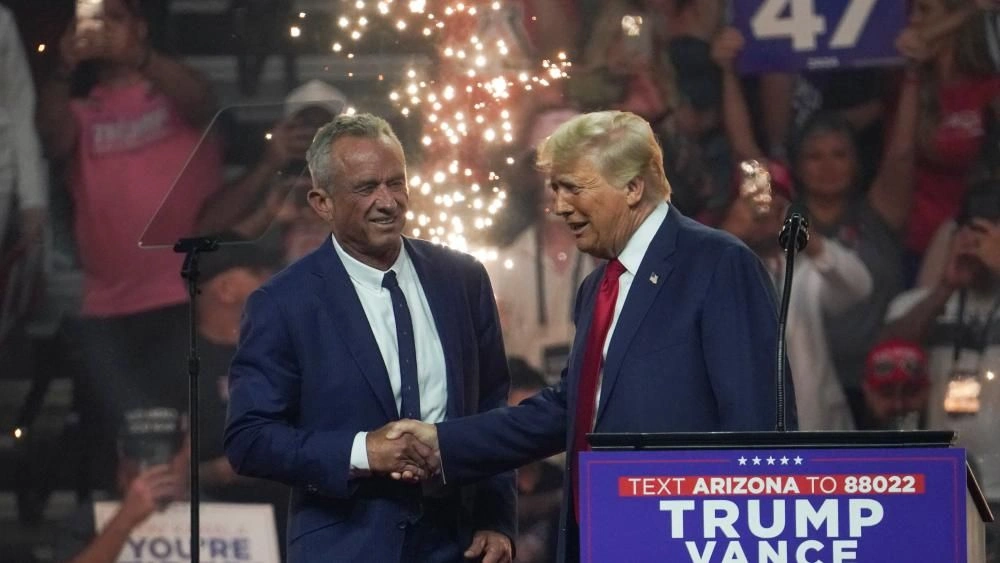 Robert F Kennedy Jr backs Trump
Robert F Kennedy Jr backs Trump
And vice versa, many of the traditional Republicans shifted to support figures like Kamala Harris. For example, many neo-cons or such politicians as Liz Cheney started to support the candidate of the established elites.
What we have now, what we saw in 2024, was the conflict between the established elites—which now also included establishment Republicans—and the counter-elites.
Why do I call Donald Trump and other members of his power coalition “counter-elites”? Elites, first of all, are people—a small proportion of the population—that concentrate social power in their hands. The established elites are the ones who actually govern the country. When people talk about a “deep state,” what they mean is basically the ruling class, including members who are part of the bureaucracy, and also parts of the FBI, CIA, top military, and so on. Every country has a deep state. Every country that is in a stable condition has a deep state.
Counter-elites, on the other hand, are those people who are also elites—they concentrate various kinds of power in their hands. For example, Elon Musk started as the wealthiest person on Earth, so he had a lot of economic power. Then he acquired X, or Twitter, and that gave him a lot of ideological power. And now, as the head of companies like SpaceX, he wields administrative power.
Other members of Donald Trump’s foundation, such as J.D. Vance, came through the ranks from very poor backgrounds. There is a tension between these two groups—the established elites and the counter-elites.
What happened in November 2024 was a true revolution, by the definition that I use. In fact, in my book End Times, which was published two years ago, I wrote that America is in a revolutionary situation—a revolutionary situation that can be resolved in a variety of ways. One possible way was to get into an actual revolution. And now, we are in that revolution.
First of all, it’s a revolution of elites, because the MAGA movement is attempting to replace the established elites with loyalists from their own camp. They’ve already done that at the top level. But now, part of the reason we see all these firings and even the abolishment of some agencies is that the goal is to replace the elites that have been governing the country.
The second thing is that not all revolutions are transformative. But the intent of Trump and his power network is to transform the way the United States is governed and how it functions. This is very clearly seen, especially in the geopolitical arena, where the sentiment—certainly from J.D. Vance, for example—is that they would not be sad to see NATO go.

This represents a major realignment in the geopolitical arena. If the Trump power network is successful in this, then they will accomplish a truly transformative revolution.
Q2
The China Academy: Are all revolutions inherently populist in nature? Are they always driven by popular immigration, widespread public resentment, and thereby countering movements they need to overthrow the existing political regime?
Peter Turchin: That’s the difference between a revolution, which includes masses of people, and other types of political instability. Events such as a coup d’état do not involve common people—it’s purely an inter-elites struggle. Sometimes it’s a military takeover, and sometimes it’s a takeover by the court or nobility—for example, getting rid of one king and replacing him with another.
But revolutions are different because they actually involve large masses of people. That means, in order for a revolution to happen, we need at least two different conditions to come together at the same time.
First of all, revolutions are accomplished by counter-elites. So, we need people in power—people who have the power to organize and channel popular discontent. The second component is massive popular discontent, which provides the energy.
We saw this in 2016. Donald Trump won the presidential election in 2016 by channeling popular discontent that had been building in the United States since at least the 1980s.
All right. So, that’s why I think what we are living through now is another reason to think about our current situation as going through a revolution.
And remember, revolutions can be unsuccessful. First of all, the established elites may somehow roll back the MAGA movement. For example, we see right now that the major center of resistance is the judicial system. One possibility is that the established elites might be able to frustrate all the initiatives that the Trump administration is trying to put in place, and then, in 2028, win the elections back. That’s one possibility.
The other possibility is that even if the counter-elites manage to stay in power and transform themselves into established elites, they may still not understand or be willing to accomplish a set of reforms that removes the root causes of popular discontent and intra-elite infighting.
All right? And then, as we know from the study of the past, revolutions often devour their children. It often leads to several revolutions of the elites—one elite mismanages things and gets replaced by another power group, and so on, until they figure out how to take the country out of the crisis.
Q3
The China Academy: Historically, peaceful revolutions seem to be quite rare. In one of your podcasts, you mentioned that some social and functional elites manage to navigate their way through crises and bring their nations safely to the other side. Based on your observations of Trump, do you think he qualifies as a certain type of elite?
Peter Turchin: Indeed, it is a very hopeful sign that this revolution is unusually nonviolent. In the French Revolution, for example, the established elites had their heads cut off with the guillotine, all right? Most revolutions actually produce rivers of blood. So far, we have not seen that in the United States, although one has to be careful—because in such tense situations, any kind of violence can spiral and result in widespread bloodshed and many people getting killed.
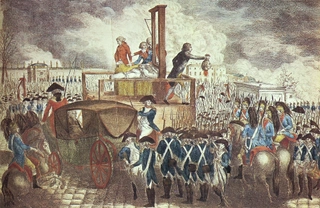
By the way, thinking back in terms of the past trajectory of humanity, even though everyone today lives in a state, states appeared quite recently in human evolutionary history—only about 5,000 years ago. They took over the Earth, but the first states were extremely fragile. They constantly faced coups d’état, civil wars, separatist rebellions, peasant revolts, and the like.
My team has been studying the history of states over the past several thousand years. We’ve collected hundreds of examples of societies sliding into crises and then emerging from them. One interesting observation we made is that the probability of utter collapse—when more than half of the population is gone, there is complete political fragmentation, and many other bad outcomes occur—has been declining over time as we approach the present.
This is not just a matter of time passing. What happens is that human societies have been learning; they’ve been accumulating institutional knowledge that allows them to navigate these “end times” in a less bloody way and to reconstitute society faster once they enter a crisis. Considering the current situation in the United States, this historical trend is actually hopeful—it suggests that maybe humanity is learning how to go through crises without excessive bloodshed.
Now, to your question about exiting the crisis: In essentially all the cases we’ve studied of how societies emerge from crises, they have to find a way to change their structures in order to remove the roots of political instability.
What are the roots of political instability? Two major factors: inter-elite conflict and popular discontent.
Inter-elite conflict stems from what we call elite overproduction. This occurs when there are too many elite aspirants vying for a fixed number of positions. It’s like a game of musical chairs, except you don’t remove chairs—you start with 10 chairs and 11 players. Then you keep the 10 chairs but increase the number of players to 15, 20, 30, or 40. Eventually, the situation breaks down, rules are broken, and chaos ensues. That’s how elite overproduction leads to inter-elite conflict.
The second big factor is popular discontent, which arises from stagnating or declining levels of well-being for the majority of the population.
Now, here’s what’s interesting: Our analysis of historical data shows that both popular discontent and elite overproduction have the same root cause. We call it the wealth pump.
What happened in the United States, in particular, is that up until the 1970s, the productivity of American workers—and GDP per capita, which is closely related—had been increasing. Wages of American workers also increased in parallel. But around 1977–1978, even though productivity continued to rise, wages stagnated or even declined. All the extra wealth produced by workers stopped going to the majority of the population and instead went to the economic elites and, more broadly, to elites in general.
This “perverse wealth pump” has had three major consequences:
Popular Discontent: It created widespread discontent among the population. In absolute terms, this discontent became noticeable when life expectancies in the U.S. began to decline—even before COVID. Other indicators also showed that the population was not enjoying improved well-being.
Overproduction of Wealth Holders: Over the 40 years from roughly 1980 to 2020, the number of ultra-wealthy individuals in the U.S. (households with $10 billion or more in wealth) increased tenfold. Population growth during that time was about 40%, but the number of deca-millionaires increased tenfold, and the number of billionaires increased even more. This explosion of wealth holders created a lot of elite overproduction, as many of these individuals sought to compete for political positions or run candidates. Suddenly, there were 10 times as many elite aspirants vying for the same fixed number of positions.
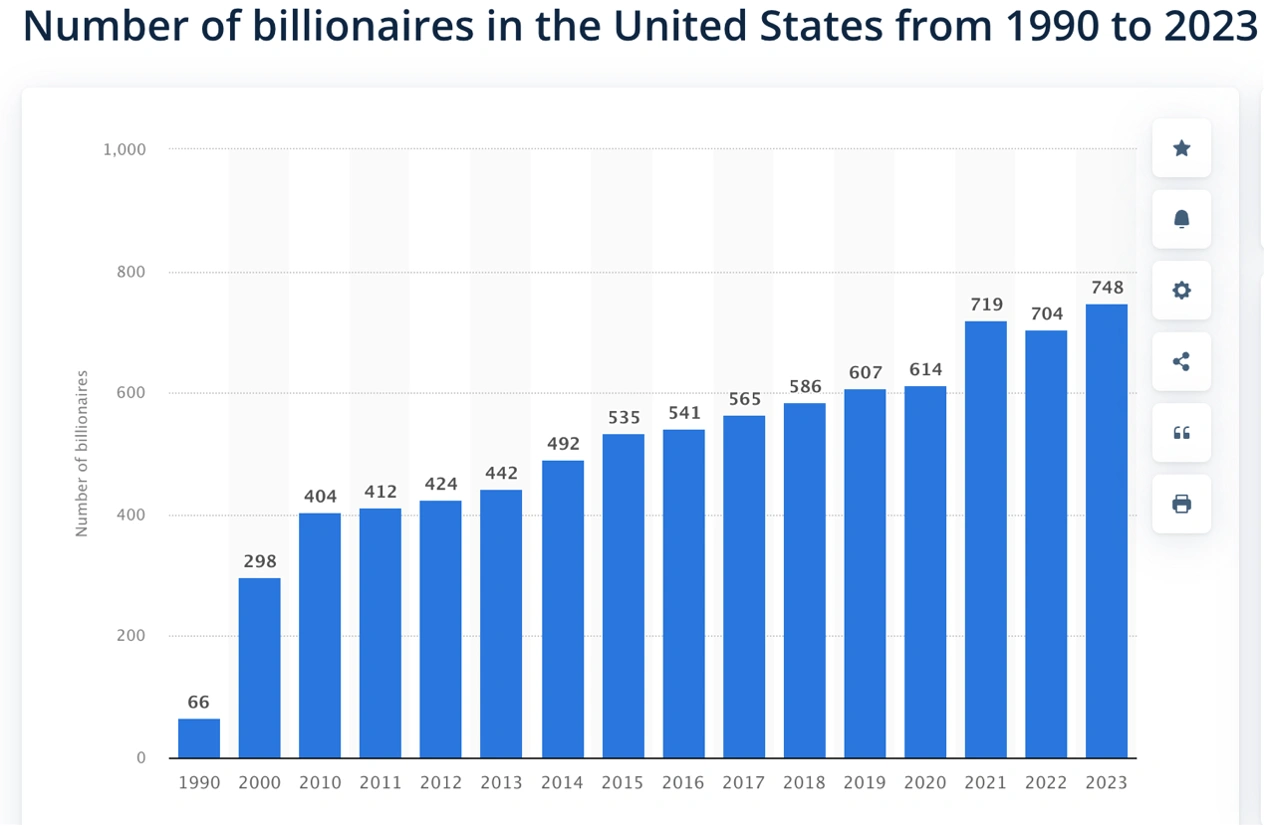
Overproduction of Advanced Degrees Holders: Because the majority of the population felt like they were losing ground, the most energetic, intelligent, and socially connected individuals from this group sought ways to escape. For those without inherited wealth, the path to upward mobility became education. But as college degrees became devalued, many turned to advanced degrees, especially law degrees. Interestingly, law degree holders are particularly dangerous from a political stability perspective—figures like Vladimir Lenin, Fidel Castro, and Robespierre were all trained as lawyers.
These consequences—popular discontent and elite overproduction—are what brought the United States to its current crisis. And keep in mind, this process took several decades to develop.
Now, to answer your question directly: Unfortunately, I don’t see a clear understanding within the Trump administration of the deep causes of the current crisis. Right-wing populists like J.D. Vance and Tucker Carlson (who holds no formal position but is influential as a persuader) often talk about the right issues, but I don’t see evidence of a systemic understanding.
This lack of understanding is why many crises last for years or even decades—it takes time for someone to figure out how to resolve them.
But I hope we’ll be able to get out of this crisis faster.
Q4
The China Academy: You repeatedly emphasize the problem of the wealth pump and its indicators in the U.S., such as declining life expectancy and height, which are indeed shocking. You also pointed out that power is a key factor. How could Trump possibly shut down the wealth pump?
Peter Turchin: Shutting down the wealth pump is extremely difficult, because, as I said, it is not in the selfish interest of the elites. The elites would have to sacrifice, and it is very hard to get people in power to sacrifice for the public good once they become entrenched as selfish elites.
The political process has taken different routes in the various case studies we’ve looked at. In particular, there’s the bloody route, where the established elites are either physically exterminated or forced into downward social mobility.
But in about 10 to 15 of the cases we studied, the elites managed to pull together and implement a set of reforms. It might be useful to look at the United States 100 years ago during the Progressive Era (roughly 1900–1914) and the New Deal era of the 1930s. This is when the United States managed to avoid a civil war—unlike what happened in the 1860s, when a very bloody American Civil War destroyed the previous ruling class, the Southern slaveholding elites who were in coalition with Northern merchants.
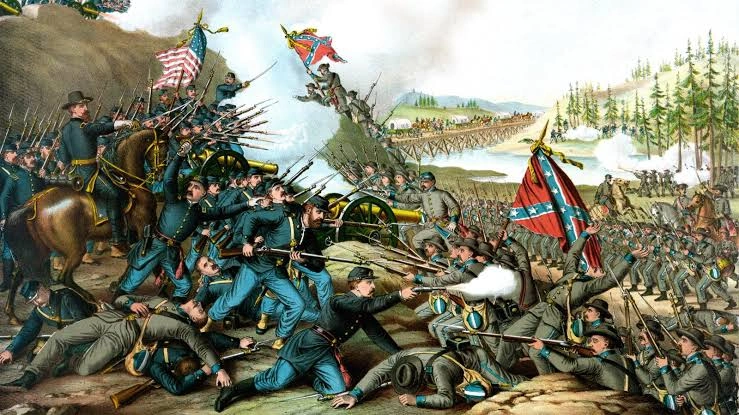
During the Civil War, many of the Southern elites were killed, and the rest had their wealth—slaves—taken away through emancipation.
What happened during the Progressive Era and the New Deal era was that American elites had learned enough to implement a variety of reforms. For example:
They gave more power to workers by allowing them to organize and press for their rights through labor strikes and other means.They created programs like Medicare and Social Security—a whole suite of social safety net reforms. They dramatically increased taxes on the wealthy.
By 1960, for example, individuals earning more than $1 million (a huge amount of money at the time) were paying over 90% of their income in taxes.
Now, our country is very different today—100 years is a long time—but some kind of mixture of such reforms would also be needed to shut down the wealth pump now. Exactly what combination of reforms this would entail will depend on the political process, negotiations between different elite groups, and the broader population.
We will also have to judge these reforms by their consequences, which always take time to fully develop and become clear.
This is another reason why I don’t expect things to happen very rapidly. We are likely to be in a period of social turbulence for many years to come.
Editor: huyueyue


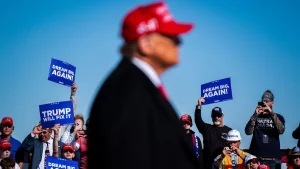

Puraburn customer reviews
Puraburn I like the efforts you have put in this, regards for all the great content.